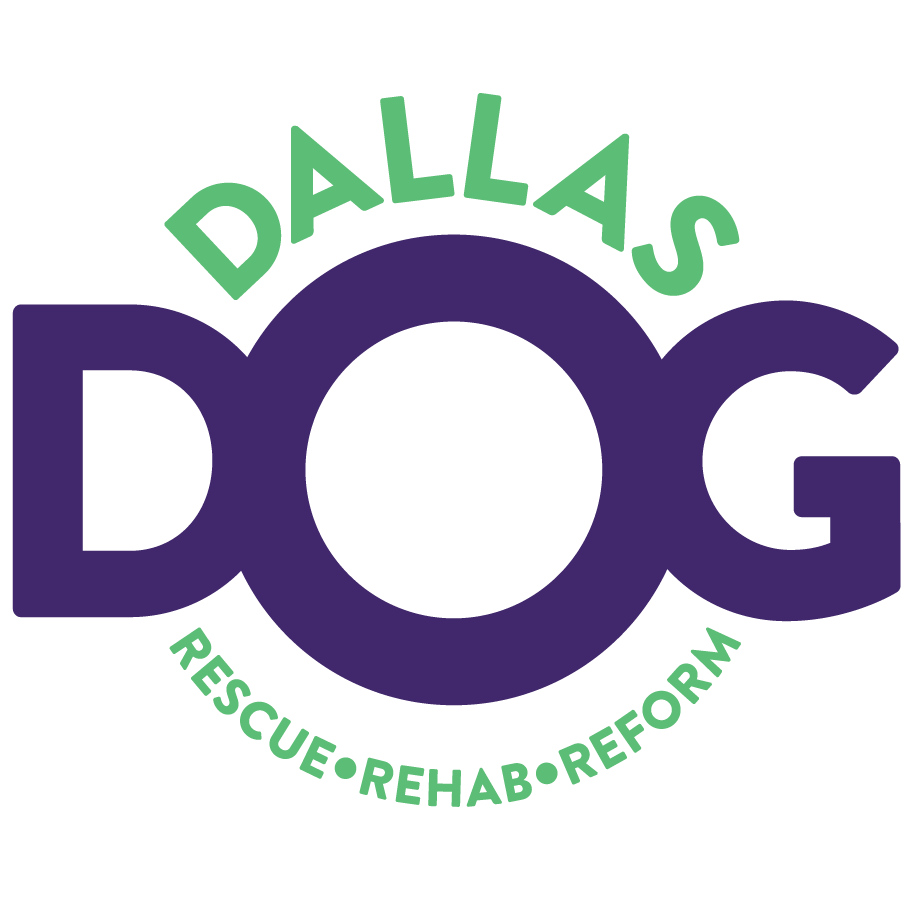Mouthing, Nipping and Play Biting in Adult Dogs
Adult dogs have the potential to unintentionally cause harm with their mouths. However, it is possible to train them to exhibit gentleness instead.

Many pet owners find it undesirable when their dogs bite, chew, or mouth their hands, limbs, or clothing during play. While it may seem harmless when they are puppies, this behavior can become problematic as dogs grow older and stronger.
Adult dogs that mouth people may not have learned proper bite inhibition during their puppyhood. Their owners may not have taught them to be gentle or provided appropriate chew toys for them.
It's important to differentiate between playful mouthing and aggressive behavior. Playful mouthing is usually accompanied by a relaxed body and face, with minimal tension in the facial muscles. The bites are less painful and quick. On the other hand, aggressive mouthing is characterized by a stiff body, wrinkled muzzle, pulled-back lips, and bites that are more forceful and painful.
If you suspect aggressive behavior, it's recommended to seek help from a qualified professional, such as a Certified Applied Animal Behaviorist (CAAB or ACAAB) or a board-certified veterinary behaviorist (Dip ACVB). Certified Professional Dog Trainers (CPDT) can also provide assistance, but ensure they have experience in treating aggression.
How to Minimize Your Dog’s Mouthing and Nipping
To minimize mouthing and nipping behavior in dogs, the following strategies can be employed:
Bite Inhibition: Teach Your Dog to Be Gentle
Teach dogs to be gentle by allowing them to mouth on hands during play. When they bite too hard, give a high-pitched yelp and let the hand go limp. Repeat this process, limiting it to a maximum of three times in a 15-minute period. If yelping alone is ineffective, use a time-out procedure where you yelp, remove your hand, and ignore the dog for a short duration. Gradually increase the criteria for gentle play until the dog can mouth without exerting pressure.
What to Do Next: Teach Your Dog That Teeth Don’t Belong on Human Skin
After you teach your dog to be gentle with his mouth, you can move on to the next step: teaching him to avoid mouthing people altogether.
- Substitute a toy or chew bone when the dog tries to gnaw on fingers or toes.
- Distract the dog with treats during petting sessions to prevent excessive arousal.
- Encourage non-contact forms of play, like fetch and tug-of-war, and provide tug toys to redirect mouthing.
- Teach impulse control with commands like sit, wait, and leave it.
- Carry a tug toy to redirect the dog's attention when it bites at feet and ankles.
- Offer a variety of interesting toys and chews to keep the dog occupied.
- Provide opportunities for socializing and playing with other dogs to expend energy.
- Use time-outs by calmly leaving the room or tethering the dog to a quiet area when teeth touch skin.
- Consider taste deterrents applied to your body or clothing to discourage mouthing.
- Use breath spray as a last resort if other methods fail, but with caution and only a few times.
It's important to avoid provoking the dog by waving fingers or toes or slapping their face. Discouraging all play can hinder the bond between dog and owner, so it's best to teach gentle play instead. Avoid jerking hands or feet away, as it can encourage the dog to continue mouthing. Physical punishment, such as slapping or hitting, should never be used as it can escalate aggression and create fear.
Mouthing issues can be challenging, so seeking assistance from a Certified Professional Dog Trainer (CPDT) is recommended. They can provide guidance through group or private classes.

